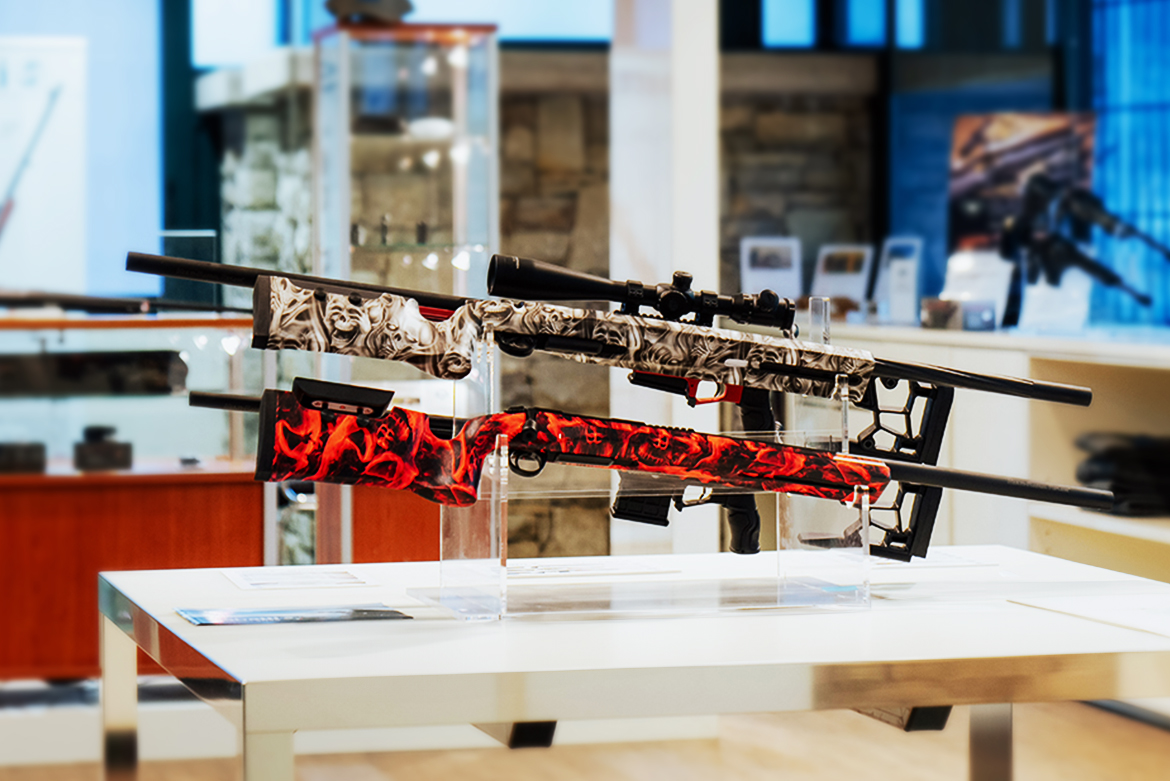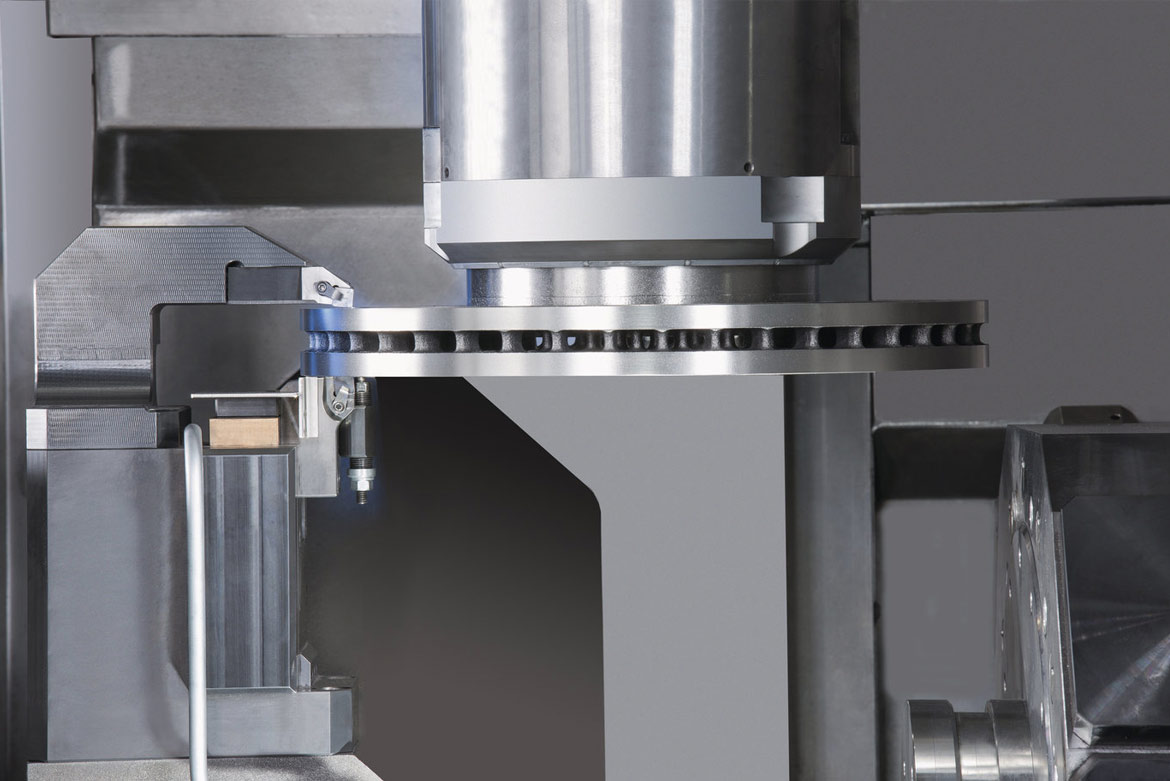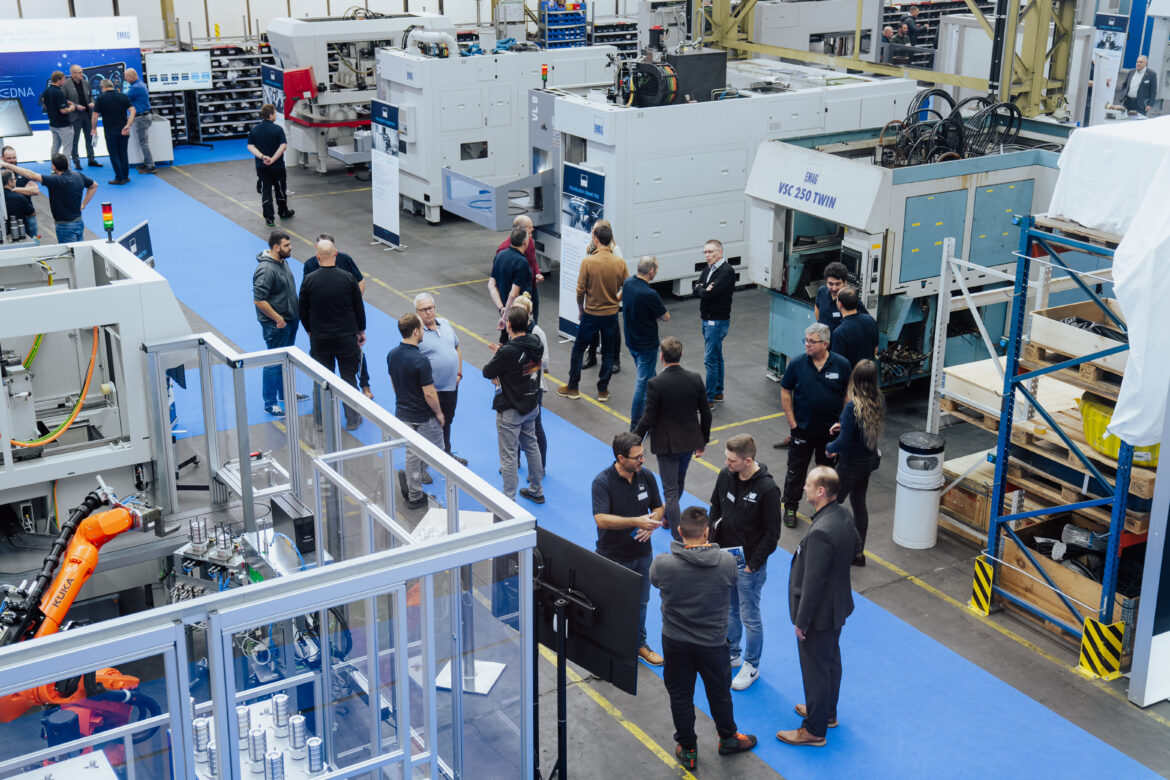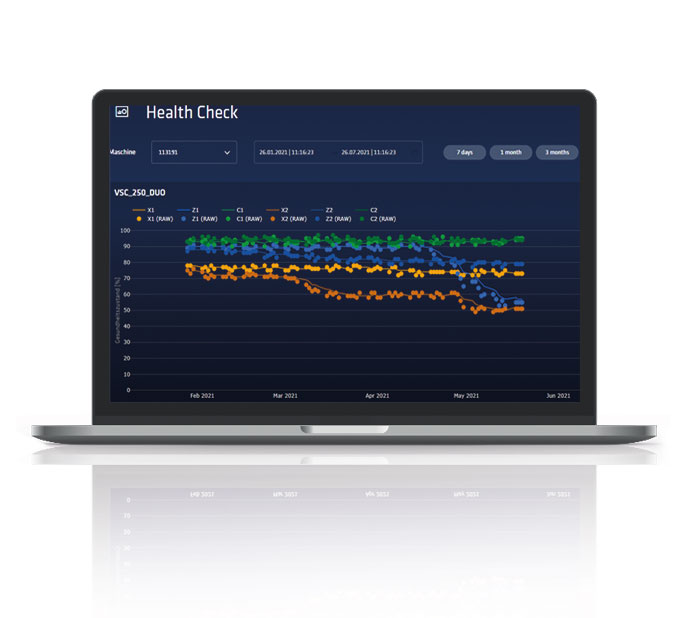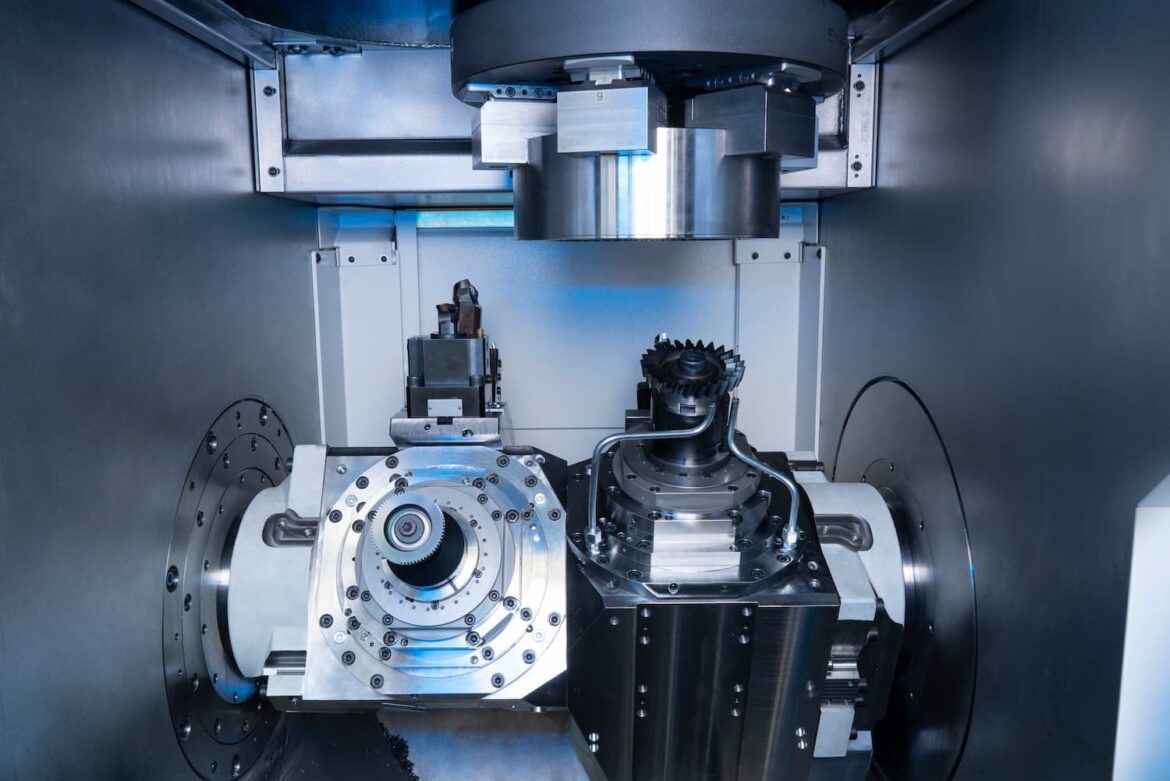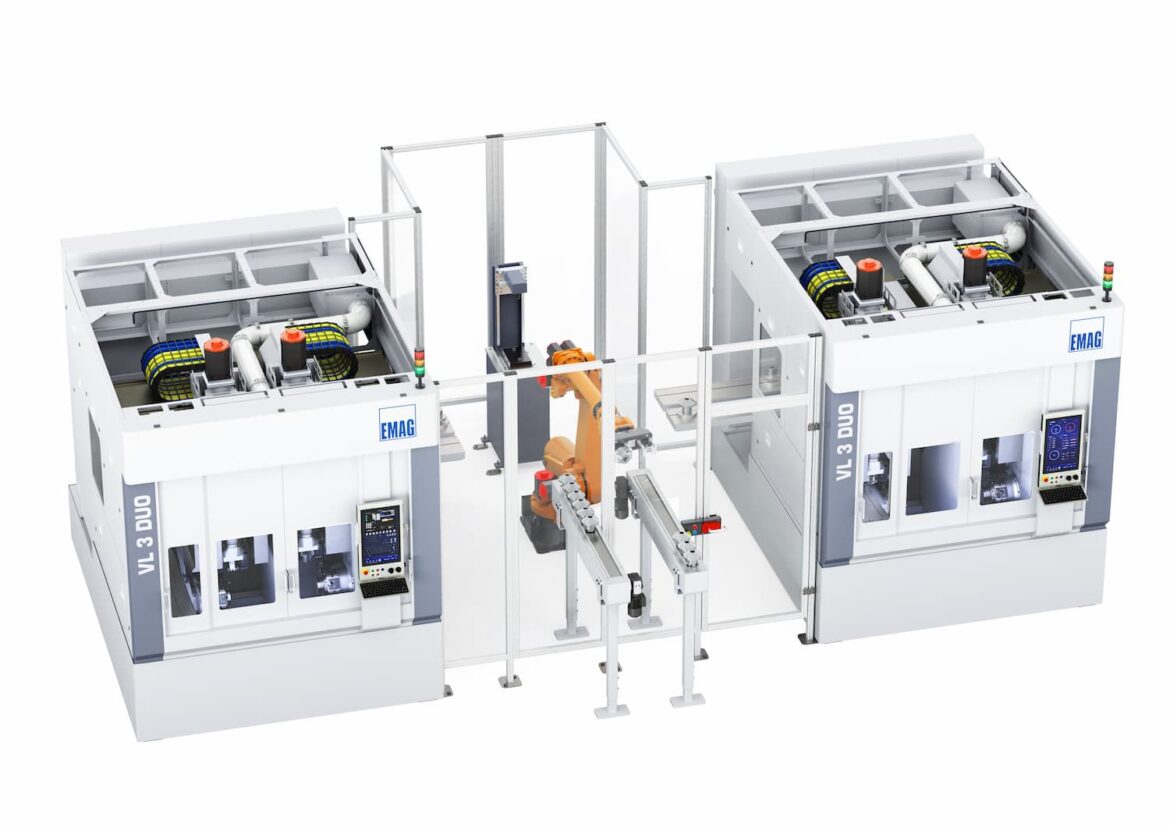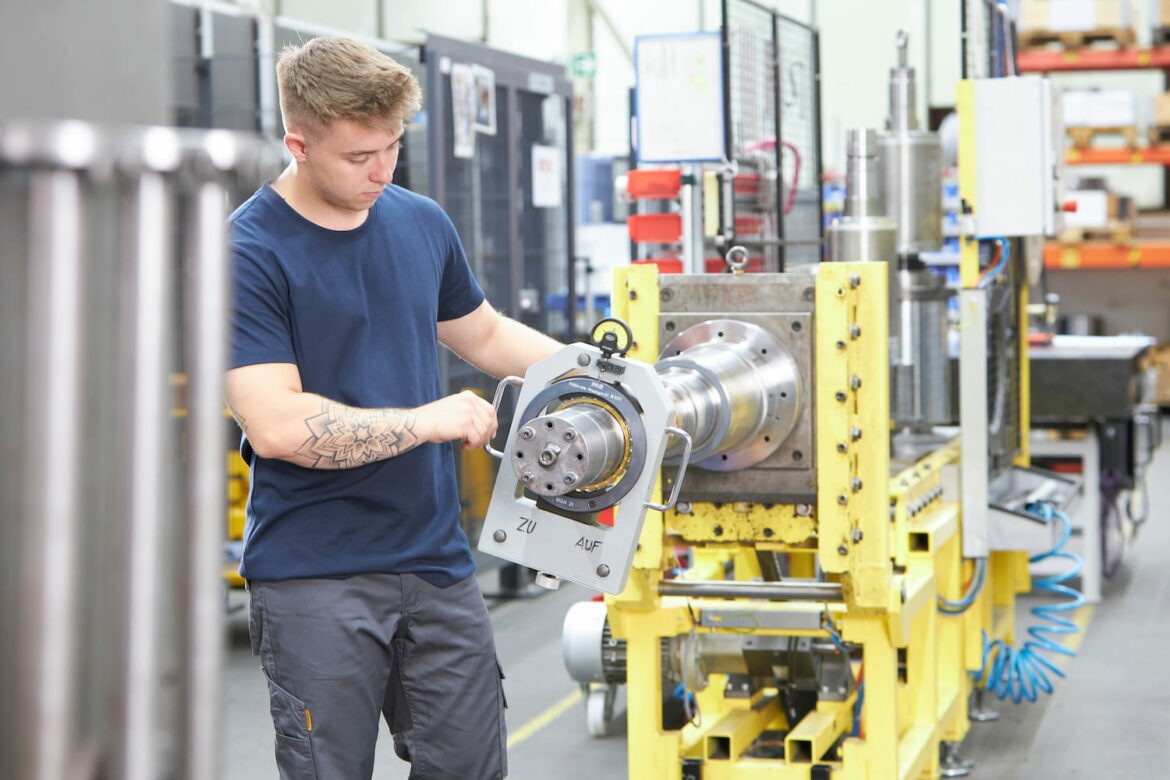Sabatti Spa is a renowned family business whose origins go back 350 years with the gunsmith Ludovico Sabatti, is deeply rooted in the tradition of gunmaking. The actual company was founded in the post-war period by Antonio Sabatti and has since built a reputation for precision and craftsmanship. Under the direction of Emanuele Sabatti, the grandson of the company founder, Sabatti Spa has expanded its product range from simple gun parts to high-quality over-and-under shotguns, double-barrel shotguns and carbines. Manuel Steinhauer had the opportunity to interview Emanuele Sabatti, a visionary and technology enthusiast, who has led the company into the modern world of firearms technology without losing sight of its rich tradition and centuries-old heritage. Today, Sabatti Spa is at the forefront of innovation in firearms manufacturing, balancing time-honored craftsmanship with modern technology, making the company one of the leading names in the industry.
Technologies
The brake disc is one of the most important safety-relevant components in passenger and commercial vehicles. The production of brake discs is, therefore, a demanding field of application that requires the highest precision. At the same time, cost pressures are very high and changing production batches must pass through the production lines with high productivity and short set-up times. As a specialist in the machining of brake discs, EMAG has already implemented numerous customized turnkey solutions in close cooperation with customers operating worldwide. In the following interview with Dominic Grimminger, expert for brake disc production systems at EMAG, we learn more about the challenges and solutions in this field of application.
The integration of robot technology into manufacturing processes is playing an increasingly important role in the modern industrial landscape. Jan Gotthold, Product Manager at EMAG Maschinenfabrik, provides an exciting insight into this area. Using EMAG’s drive shaft production line as an example, he demonstrates the key benefits of this technology.
There is no “one” big lever that can be used to improve the energy efficiency of machine tools. Instead, it is important to take a holistic view of all energy flows and that is EMAG’s approach, which the specialists apply to every new development as well as to the retrofitting of older machines. In conversation with Konrad Heimbach, Lead Engineer Energy Efficiency, it becomes clear that even relatively simple measures can massively reduce energy consumption.
During the Open House Retrofit at the Eislingen plant, EMAG presented the future of industrial machine modernization. Visitors had the opportunity to experience the latest technologies and retrofit solutions at first hand.
With the Health Check, EMAG offers its customers an IoT tool for the health assessment of feed axes and spindles in order to better plan their maintenance periods. In addition, EMAG is constantly developing this solution further, as Patrick Kaiser, data scientist at EMAG, emphasizes in the interview: “The experience and our service flow into this in a targeted manner.”
Faster than shaping, more flexible than hobbing and broaching – in this context, power skiving is a highly effective alternative for gear production. With the new VSC 400 PS machine, EMAG puts the crown on this approach by providing up to four power skiving tools and six turning tools, ensuring highly effective combination machining. And, its operation is simple. A conversation with Daniel Nille, Head of Technology Development at EMAG Maschinenfabrik, discusses the possibilities of this approach and the potential returns of investment.
The challenges for many contract manufactures and smaller manufacturing companies are increasing in the coming years – rising costs for purchasing raw materials, high energy prices and enormous OEM quality requirements point the way ahead. But there are also more and more production technology options for meeting these challenges intelligently. For example, various solutions from the latest generation of automation and robotics are highly interesting for many contract manufacturers. A conversation with Jürgen Maier, Head of the Turning Business Unit at EMAG, about the special possibilities of the EMAG approach.
What does retrofit do? The short answer – many things are possible. Depending on the customer’s wishes, the retrofitted machine not only has new components, but it is also equipped with new automation or additional tool technology. A turning machine, for example, becomes a turning-grinding center. Here we present just two examples among many possible scenarios.
Because its dynamics and motor speeds influence cycle and non-productive times, the spindle is essential for the productivity of a machine tool. However, the central assembly is also subject to wear – after a certain period of use, it must be replaced or overhauled. Learn more from a conversation with Markus Heidel, Head of Retrofit at EMAG, discussing the processes involved in retrofitting spindles.
